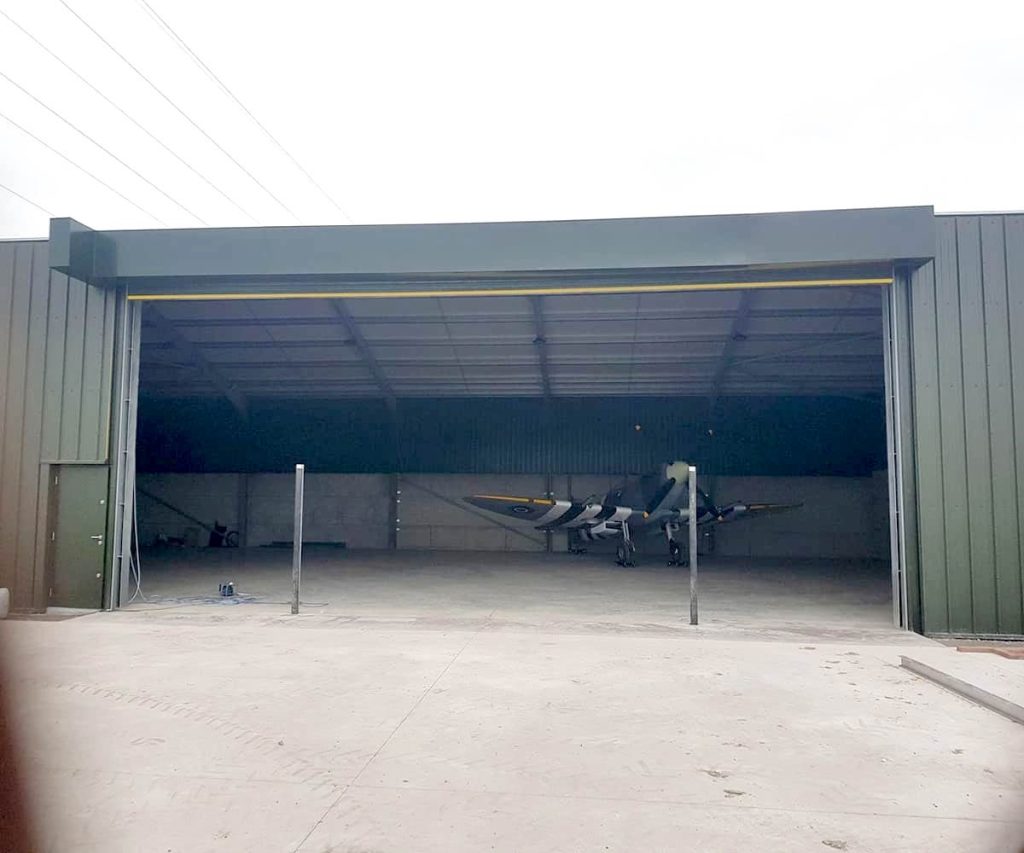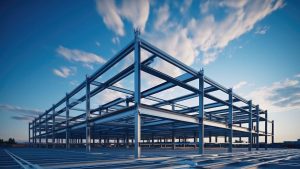In recent years, sustainable construction has become a major focus for architects, engineers, and builders. With growing concerns about the impact of traditional construction methods on the environment, there has been a concerted effort to develop and implement eco-friendly solutions.
One such solution is the use of steel buildings, which have become increasingly popular due to their numerous environmental benefits.
This blog will delve into the sustainability of steel production, the reduced environmental impact during construction, the energy efficiency of steel buildings, and their longevity and low maintenance requirements. By understanding these advantages, we can appreciate the crucial role steel buildings play in promoting sustainable construction.
The sustainability of steel production
Steel, as a building material, is highly recyclable and reusable. In fact, it is the most recycled material globally, with around 90% of steel products being recycled at the end of their lifecycle.
This recyclability not only conserves resources but also reduces the amount of waste that ends up in landfills.
The production process of steel has also seen significant improvements in recent years. Advances in technology have led to more energy-efficient manufacturing, which in turn reduces greenhouse gas emissions. Additionally, modern steel plants are often equipped with advanced pollution control systems, contributing to cleaner air and a healthier environment.
Reduced environmental impact during construction
Steel buildings offer numerous environmental advantages during the construction phase. Offsite fabrication allows for precise manufacturing, leading to faster construction times and a reduction in on-site waste.
This process also minimizes noise and air pollution at the construction site, creating a more pleasant environment for both workers and nearby residents.
Another key benefit of steel buildings is their minimal site disturbance. Traditional construction methods often require extensive site preparation, including deforestation and excavation.
In contrast, steel buildings can be erected with relatively little impact on the surrounding ecosystem, preserving the natural landscape and reducing the overall environmental footprint.
Energy efficiency in steel buildings
Steel buildings are renowned for their energy efficiency. With the use of advanced insulation materials and techniques, these structures can maintain a comfortable indoor temperature while using significantly less energy for heating and cooling.
This reduction in energy consumption not only benefits the environment but also translates to cost savings for the building’s occupants.
Furthermore, steel buildings can be designed with energy efficiency in mind, incorporating features such as natural ventilation, daylighting, and passive solar heating.
They can also be easily integrated with renewable energy technologies, such as solar panels or wind turbines, allowing for an even greater reduction in carbon emissions.
Longevity and low maintenance requirements
One of the most significant environmental benefits of steel buildings is their durability and resistance to natural elements. Steel structures are less susceptible to damage from extreme weather, pests, and rot, ensuring a longer lifespan with fewer repairs needed.
This longevity results in reduced resource consumption and waste generation over the building’s lifecycle.
In addition to their durability, steel buildings require minimal upkeep. Unlike traditional materials such as wood or masonry, steel does not warp, crack, or decay, making it an ideal choice for low-maintenance structures.
This not only saves time and money but also reduces the environmental impact associated with maintenance activities.
Conclusion
Steel buildings play a crucial role in promoting sustainable construction, offering numerous environmental benefits from production to the end of their lifecycle.
By embracing steel as a primary building material, we can reduce the environmental impact of construction and contribute to a more sustainable future.
As technology and design continue to advance, we can expect even greater improvements in the sustainability of steel buildings.
By incorporating these advancements, architects, engineers, and builders can continue to minimize the environmental footprint of the built environment while also providing cost-effective, durable, and eco-friendly solutions for their clients.
At National Steel Buildings, we provide a range of different steel structures, get in touch today to find out more about our service.




